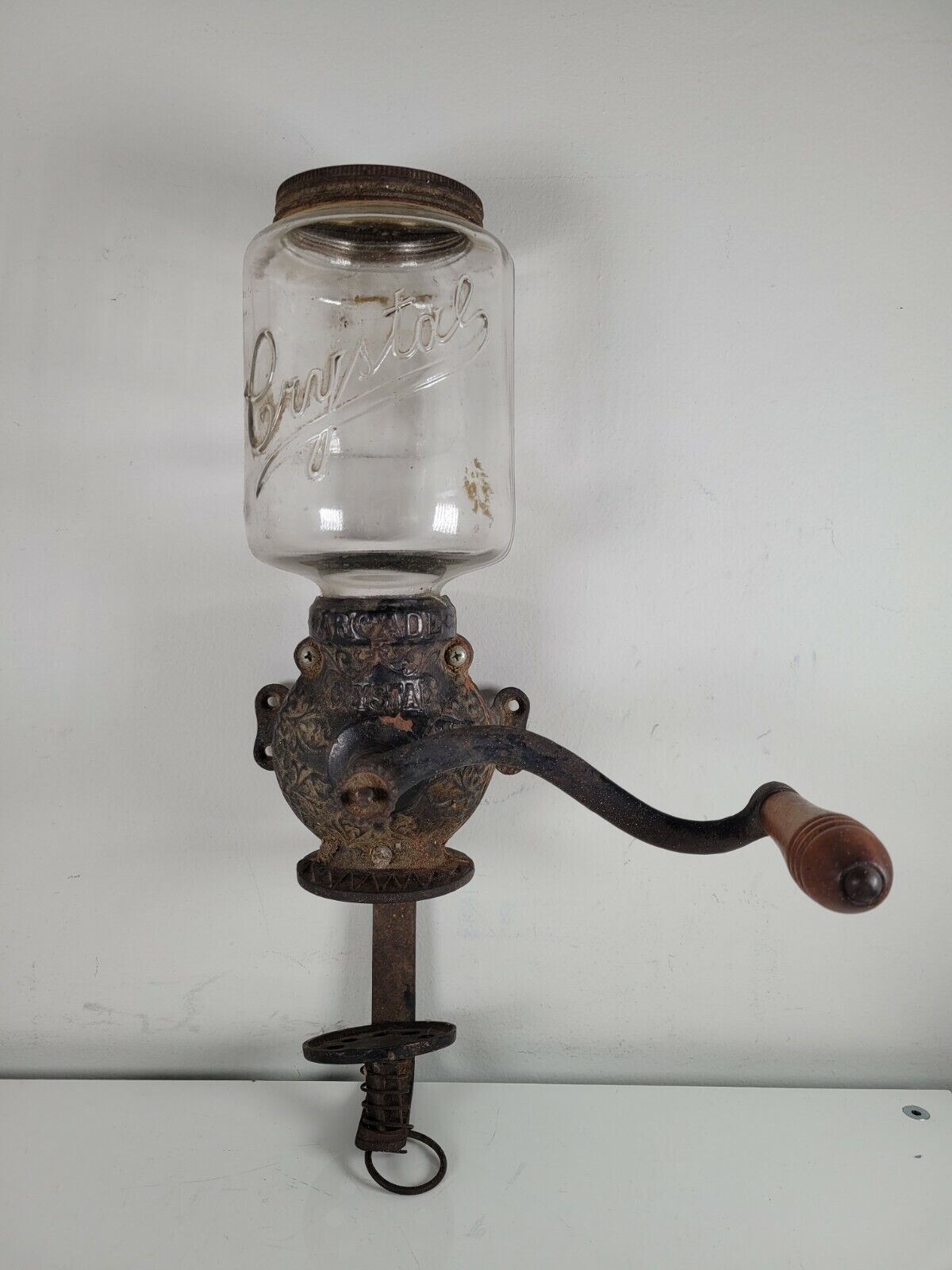looks like a passable crush....but no it's not enough for a 'mash' you need to fill up like a 5 gallon bucket of it....that might be enough for a glass?
another question that hasn't been asked...how big a batch are you trying to brew? i mean, i think most are thinking at least a gallon, and a spice grinder would take a week of small batches....what did that weight, figure ~10lbs for 5 gallons, ~20lbs for 10 gallons....
but i'm an american, maybe there could be some useful stuff in the 1 gallon brewers thread?
https://www.homebrewtalk.com/threads/1-gallon-brewers-unite.311884/
i'm sure some of them didn't want to sport for a grain mill! and figured creative ways for a twelve pack brew....
when i brew my 10 gallon batches i fill my 10 gallon cooler up to about the 7 gallon mark with crushed grain.....




































![Craft A Brew - Safale S-04 Dry Yeast - Fermentis - English Ale Dry Yeast - For English and American Ales and Hard Apple Ciders - Ingredients for Home Brewing - Beer Making Supplies - [1 Pack]](https://m.media-amazon.com/images/I/41fVGNh6JfL._SL500_.jpg)













